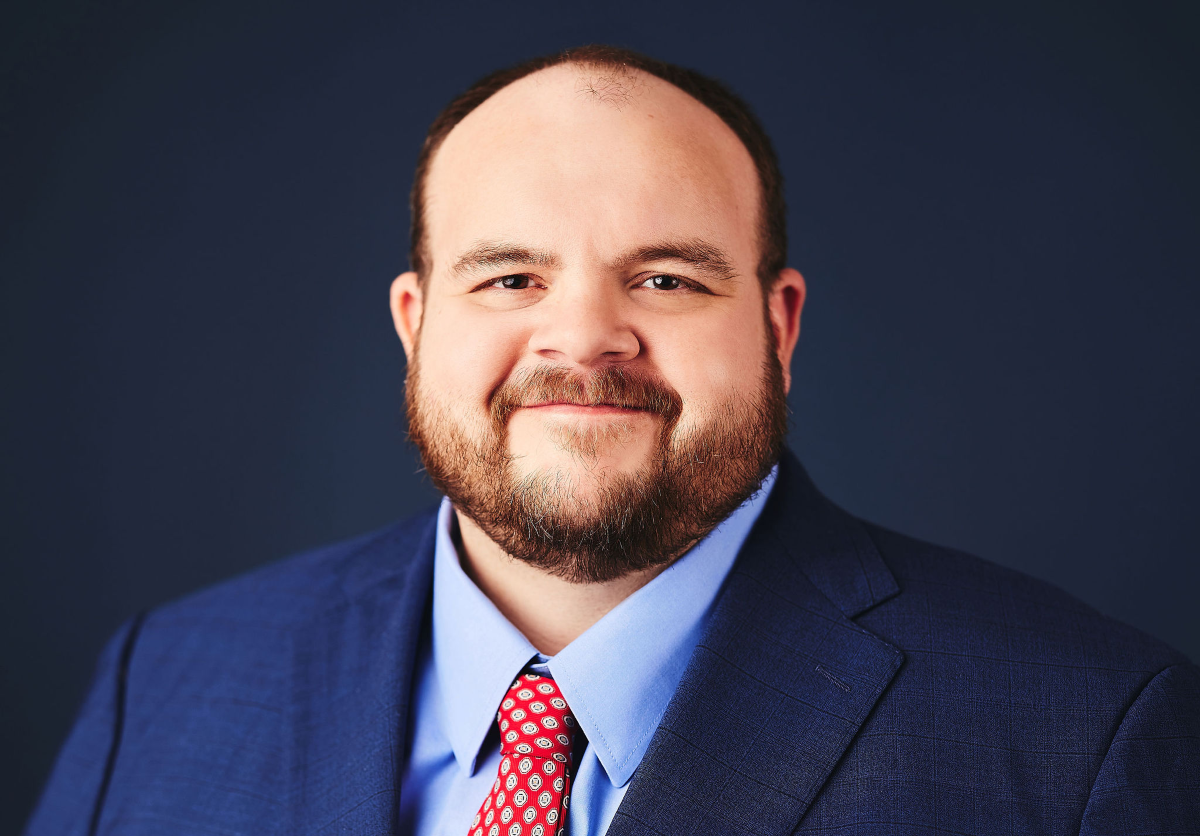We are sometimes asked, what is a surplus lines carrier? This usually happens when working on a case involving Lloyds of London, since it is the biggest surplus line “player.” I used the phrase “player” because Lloyds is not truly an insurance carrier, but an exchange where insurance is bought and sold.
In General, a surplus lines carrier provides insurance when there are no admitted carriers that will provide a policy. In most states a diligent search for insurance by a licensed agent is required for surplus insurance to be available. Some states require three refusals by admitted carriers before surplus lines will be available. The Pennsylvania Supreme Court has given a comprehensive description of surplus lines:
Surplus lines carrier is an Unlicensed insurer designated by the insurance commissioner to provide insurance to Pennsylvanians which they would not otherwise be able to procure, provided that a licensed agent has made a diligent effort to procure such insurance from a licensed insurer, that the premium charged is not lower than the lowest premium approved by the commissioner for use by a licensed insurer, and that the policy or contract used by the surplus lines insurer does not differ materially from policies or contracts customarily used by licensed insurers.1
There are two principle differences between Surplus lines and Admitted carriers. First is what happens when an insurer becomes insolvent. Second, what types of policy language is permitted.
Most states have guarantee funds which will provide some recovery if an admitted carrier becomes insolvent. Surplus lines insurers do not have this guarantee. New Jersey being the exception.2 Due to this additional risk Surplus insurers are generally required to carry higher levels of capitalization subject to review by each individual state.
Admitted Insurers are required to use forms approved by each States Department of Insurance. For example, Fla. Stat. 627.410 requires an insurance policy to be approved by the Department of Insurance prior to delivery. Insurers usually use ISO forms or some variant.
Surplus lines carriers are often taking on higher risks. As such, Surplus insurers modify insurance forms to make the risk acceptable. For more information on the difference between Surplus lines and Admitted carriers, see Understanding the Differences Between Standard and Excess/Surplus Lines.3
Thought For The Day
Dog – a kind of additional or subsidiary Deity designed to catch the overflow and surplus of the world’s worship.
—Ambrose Bierce
___________________________
1 Triage, Inc. v. Prime Ins. Syndicate, Inc., 887 A.2d 303, 306 (2005).
2 See Holly C. Bakke & Richard R. Spencer, Jr., Surplus Lines Insurer Insolvency Claims, N.J. Law., Oct./Nov. 1995.
3 Denise Johnson, Understanding the Differences Between Standard and Excess/Surplus Lines, Claims Journal, July 31, 2014.




